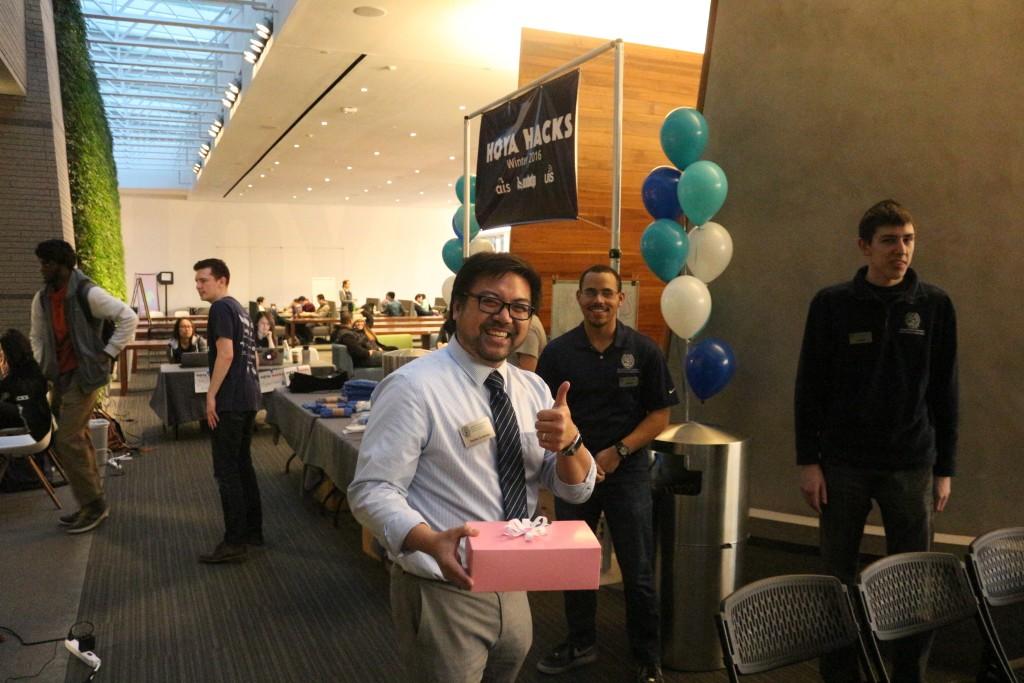
Students from around the country gathered in the Healy Family Student Center this weekend for Georgetown’s annual hackathon, Hoya Hacks
More than 300 students from over 40 universities gathered at Georgetown University this weekend for its inaugural hackathon, Hoya Hacks. Organized by co-founders Taylor Wan (COL ’16), Casandra Schwartz (COL ’16) and 47 volunteers, the 36-hour event took place in the Healey Family Student Center, where students collaborated in groups to carry out both software and hardware projects of their choice.
Georgetown University Information Services was the hackathon’s leading sponsor but backers also included big-name companies and student organizations such as Twitter, PricewaterhouseCoopers, Sweetgreen, Georgetown University Student Association and Students of Georgetown, Inc. The event cost approximately $30,000 to put on.
Corp Philanthropy Chair Bryn Bogan (COL ’16) said he was excited that The Corp sponsored the event.
“We love funding things that have never been done before. Hoya Hacks takes an under-recognized facet of Georgetown and puts it on the map,” Bogan said.
Students who attended the event had the opportunity to rent advanced technology such as laptops, circuit boards, virtual reality headsets and other hardware to complete their projects.
Several Georgetown professors, including Lisa Singh, Evan Barba and Micah Sherr from Georgetown’s department of computer science, volunteered to give workshops throughout the weekend. No prior experience was required to partake in the hackathon and participants of all levels were mentored closely by Georgetown professors and representatives from organizations such as Major League Hacking and Twitter.
“Our main goal was for everyone to learn something new,” Wan said.
Dennis Duan, a freshman at Yale, and Whitney Huang, a freshman at Princeton, took this objective to heart and spent the weekend developing an application called Settle the Tab, which aims to alleviate the stress of divvying up a bill among friends after a shared meal. The app allows people to take a picture of a restaurant receipt, click on individual dishes and charge each person for his meal, as well as split the cost of the tax or tip.
“The idea behind it is that you can easily keep track of who owes you what, as well as keep a running total with individual people so you don’t have to pay each other back constantly,” Huang said.
Alternatively, two Georgetown juniors, Casey Knerr (SFS ’17) and James Pavur (SFS ’17) took advantage of the event’s diverse selection of equipment and extensive team of advisors to develop a computer program called Typeface that allows severely disabled or paralyzed people to type using brain signals and limited movement.
On the final day, contestants were asked to showcase their projects as they would in a science fair. A judging panel, which included Georgetown alumnus Tyler Gray (GRD ’14), Georgetown adjunct professor Eric Koester and representatives from Google, Twitter and TransitScreen, assessed the student projects. Pavur and Knerr took home first place at the event for their hard work in generating a computer program which helps the disabled. Prizes were awarded for first, second and third places, as well as for Best Hardware Hacks, Best Software Hack and Best Starter Hack, Schwartz said. Students received prizes such as gift cards, drones, virtual reality headsets and even venture capital to sponsor a tech startup. Hoya Hacks’ sponsors collectively contributed 10 additional awards to the competition, such as the Beeck Center’s Best Social Innovation Hack. Each prize rewarded participants who used technology in their own, unique way.
The event also featured keynote speaker DJ Patil, chief data scientist of the U.S. Office of Science and Technology Policy.
Lukas Schwab, a freshman at University of California at Berkeley, flew over 2,000 miles to attend Hoya Hacks. Schwab first joined the event’s team as an advisor in collaboration with a similar event he helps to run in San Francisco.
“I organize a 500-person hackathon in San Francisco for professional data scientists with Bayes Impact and a number of federal agencies. Georgetown’s budding computer science programs and its connection to government made Hoya Hacks a unique opportunity for partnership. Bayes Impact ended up refocusing away from Hoya Hacks, but I stayed onboard with the team. They are an incredible group of people.”
Schwab said that funding from Georgetown allowed him to attend the event.
“Georgetown’s financial support for the hackathon definitely helped me get here,” Schwab said. “If the team were more cash-strapped, travel would’ve been much more difficult. I likely travelled the furthest to make it to the event.”
Schwab focused on helping other students with their technological projects throughout the weekend, rather than completing his own project.
“I spent much of my time at Hoya Hacks at the help desk, working with many developers who are much more talented than I to fix a variety of problems they encountered,” Schwab said. “Hackathons force you to tackle a diversity of issues under a great deal of pressure, both from time and sleep deprivation. It is a wholly unique style of development.”
Schwab said he enjoyed the event and would gladly return.
“I loved it. I would come back if the team would have me,” Schwab said. “My favorite part of the hackathon was DJ Patil’s keynote speech. I’ve had the opportunity to see him speak once before, and it’s thrilling to see the White House’s new focus on data science develop into a program that can guide public policy for the better.”
Hoya Hacks Organizer Erik Van de Water (MSB ’17) explained that the goal of the hackathon was to inspire individuality and innovative thinking.
“The purpose of a hackathon is to do new, interesting things with technology and that’s what we hope happens here,” Van de Water said.
Correction: A previous version of this article indicated that participants from over 130 universities participated in the event; the actual number was 43.


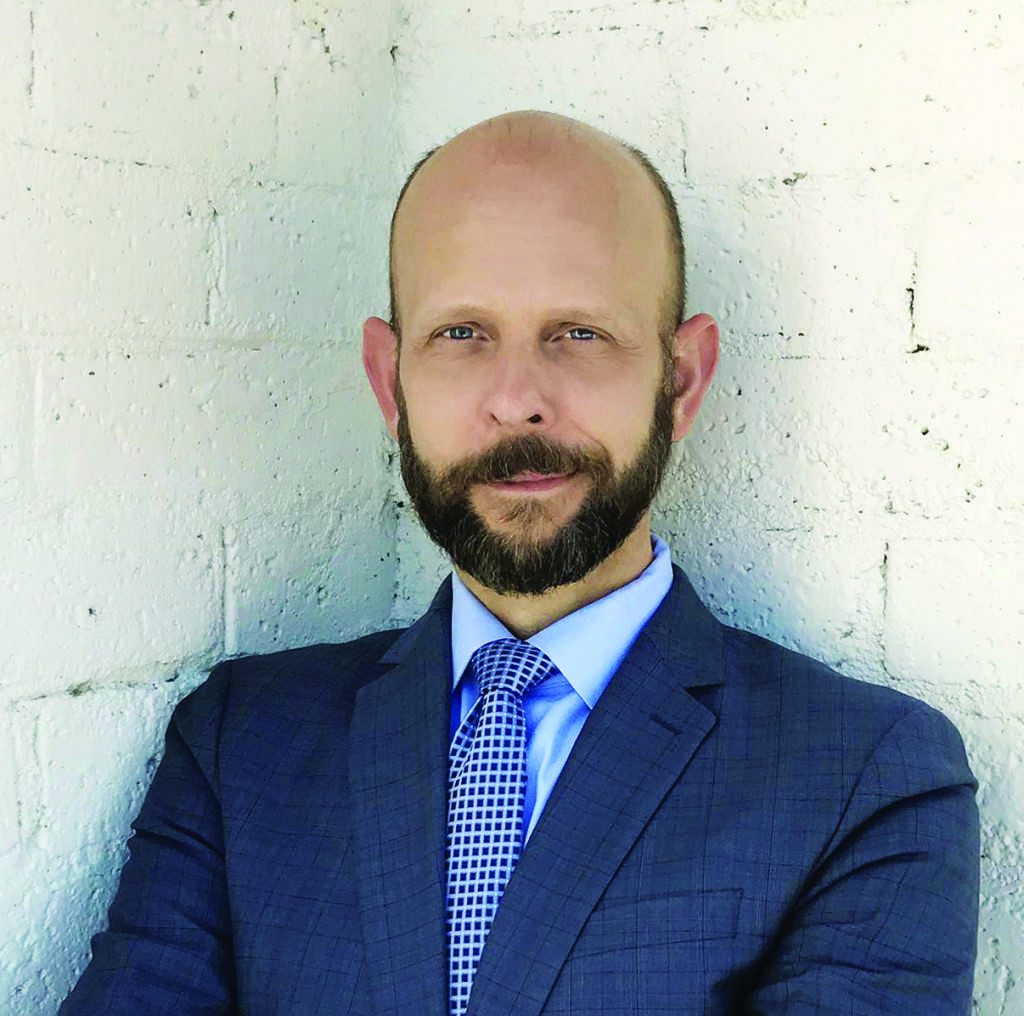
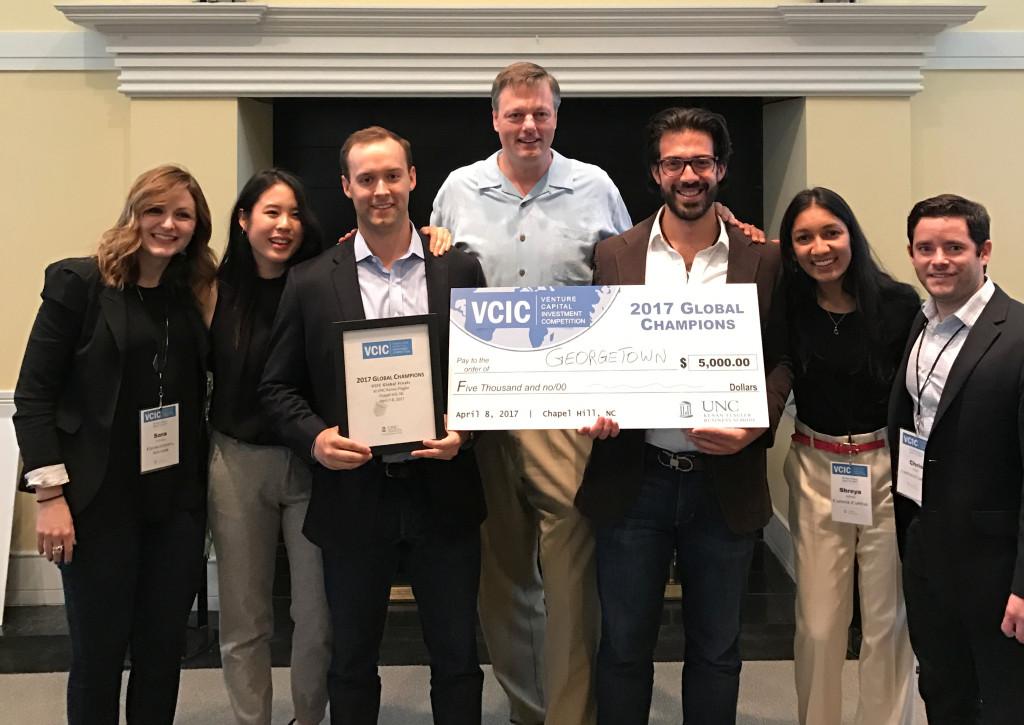
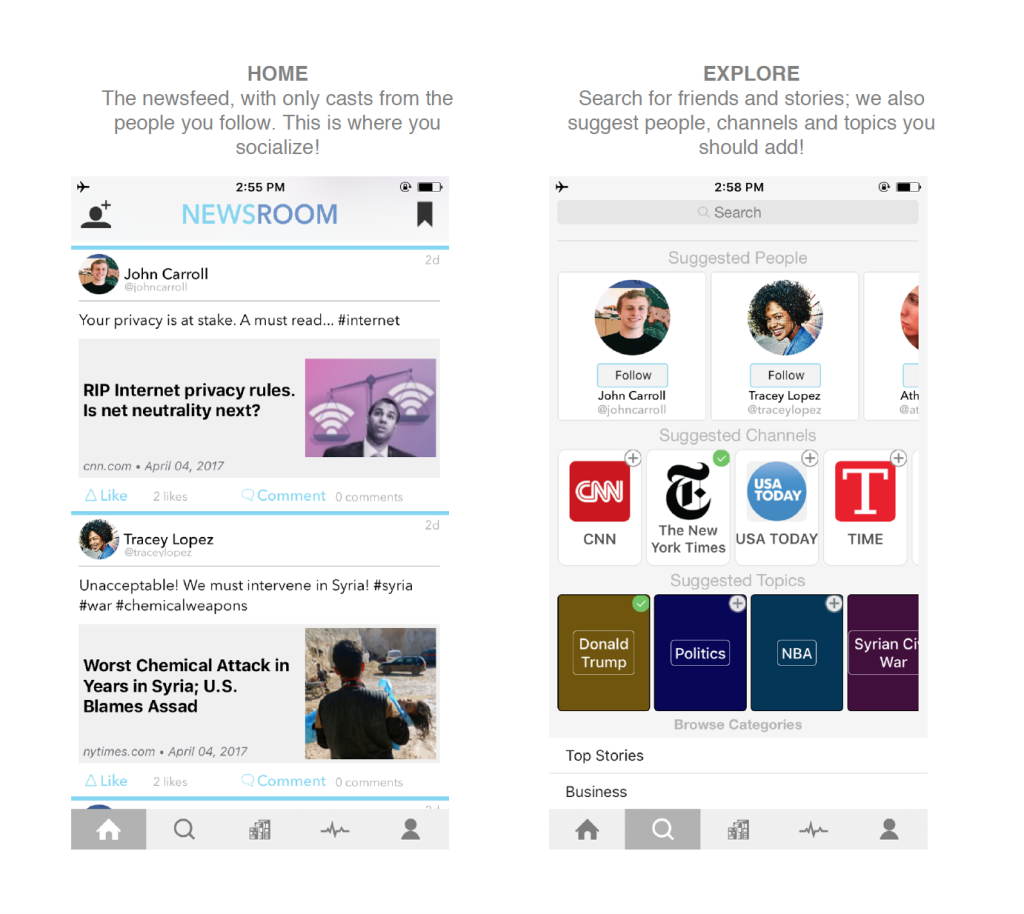
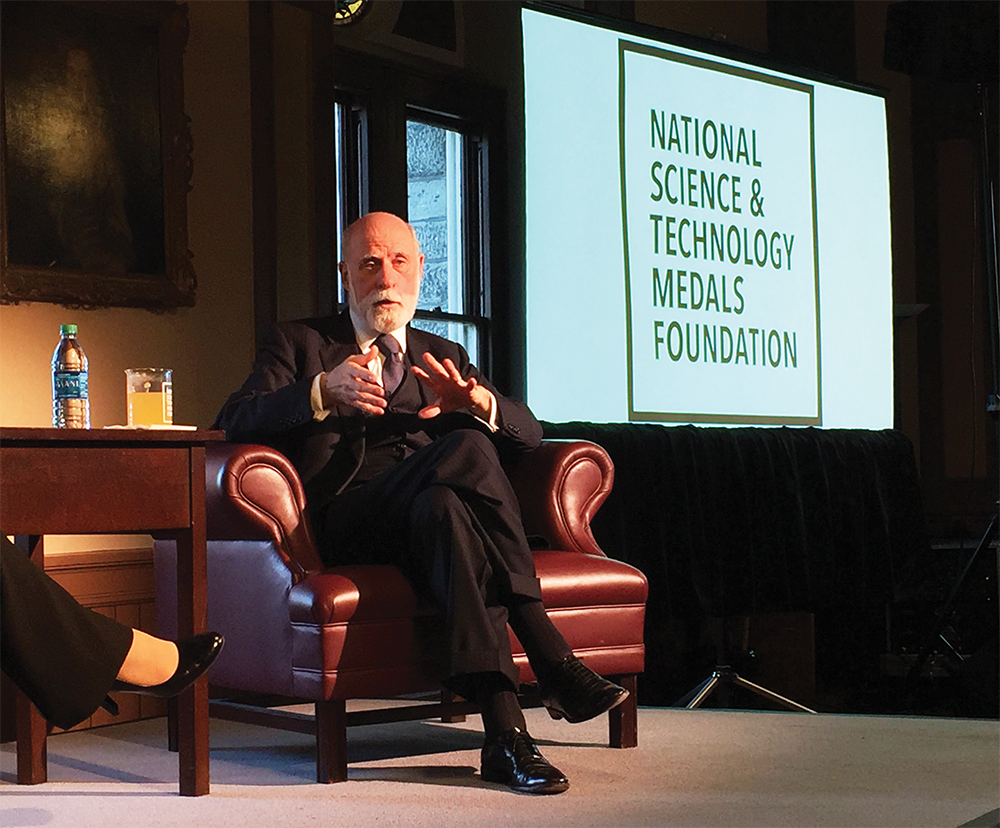

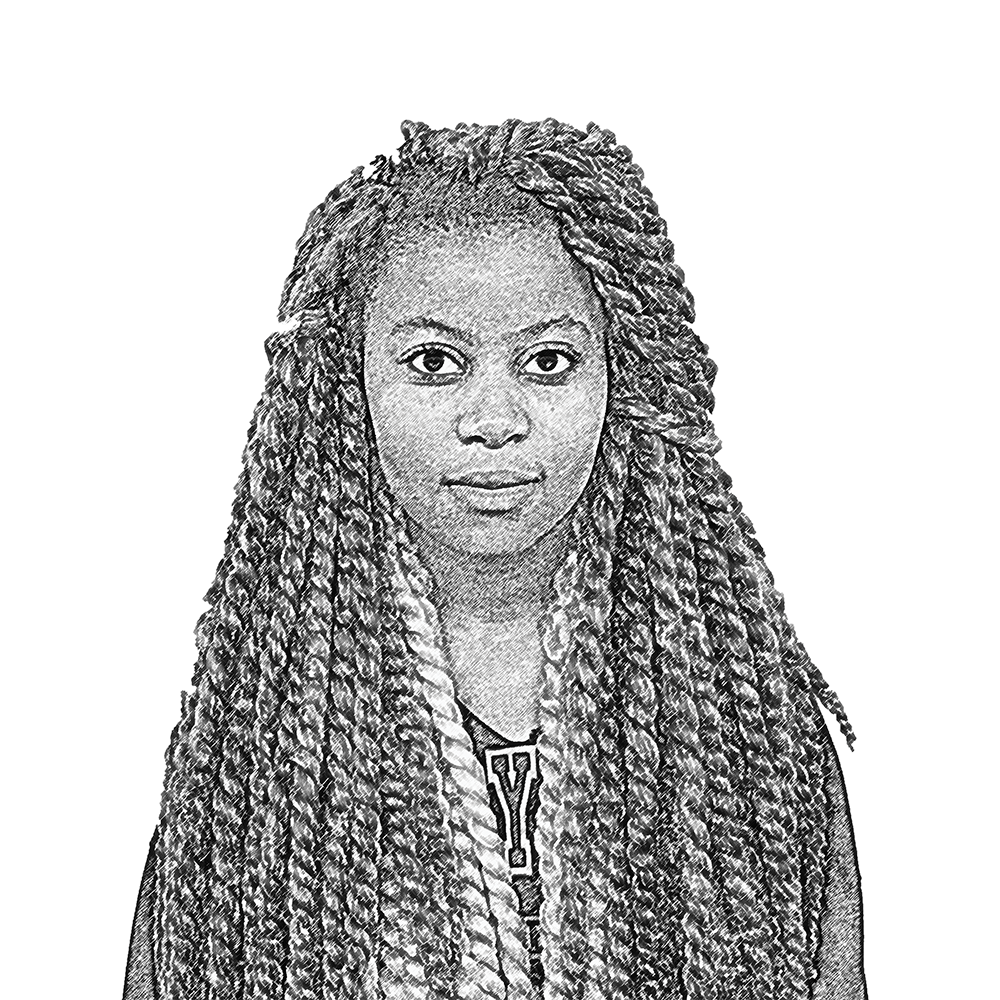
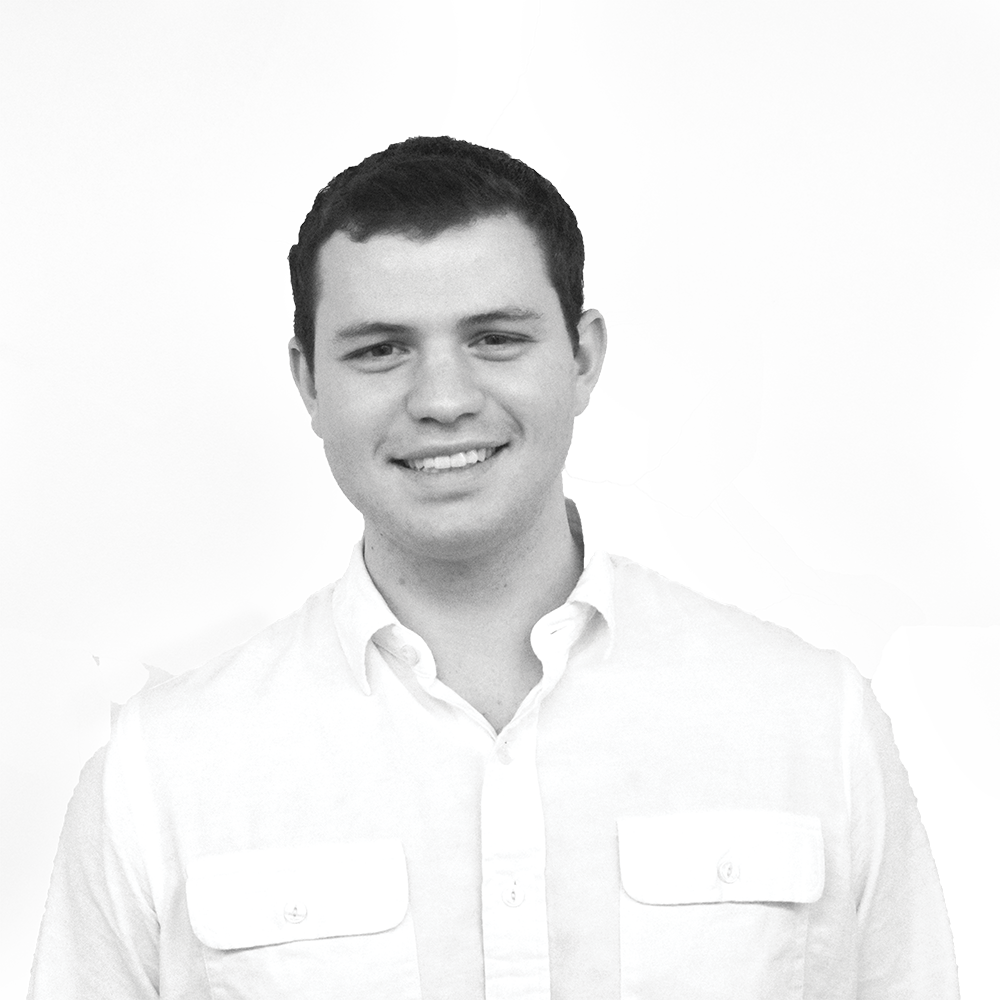
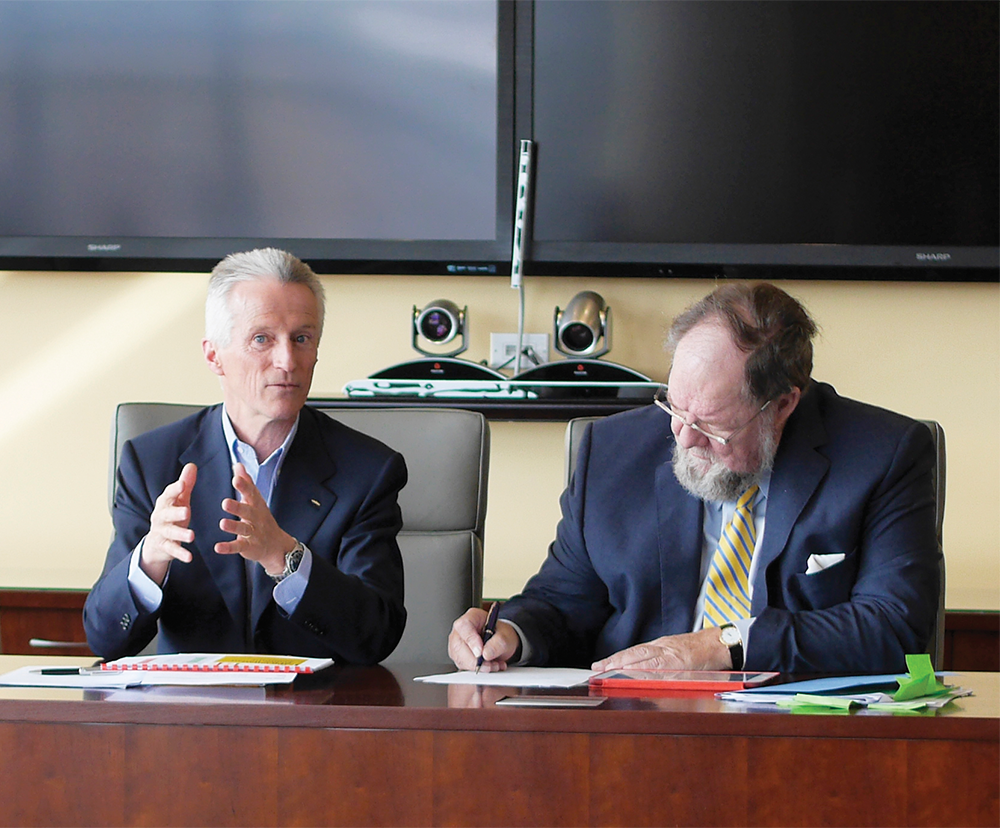
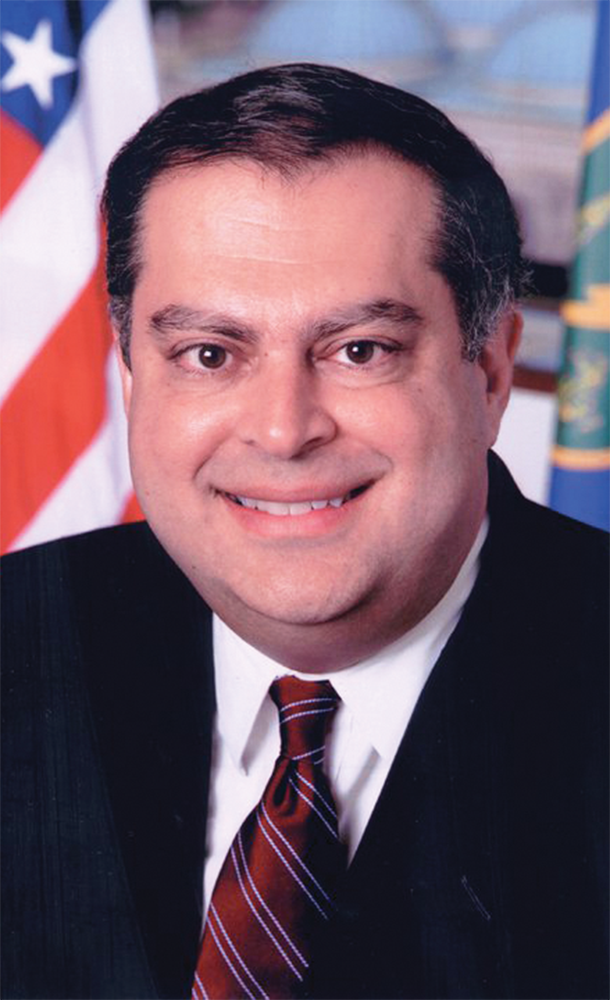
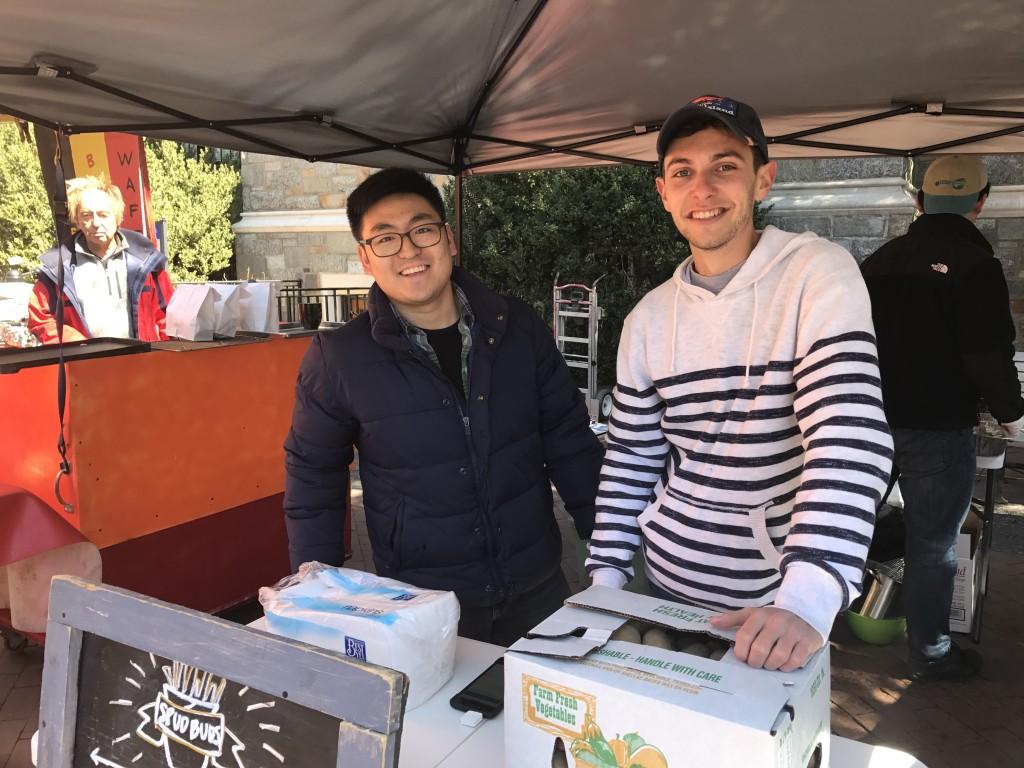

SFS 2015 • Feb 7, 2016 at 10:29 pm
I hope someone has given P-Led props on his beard.